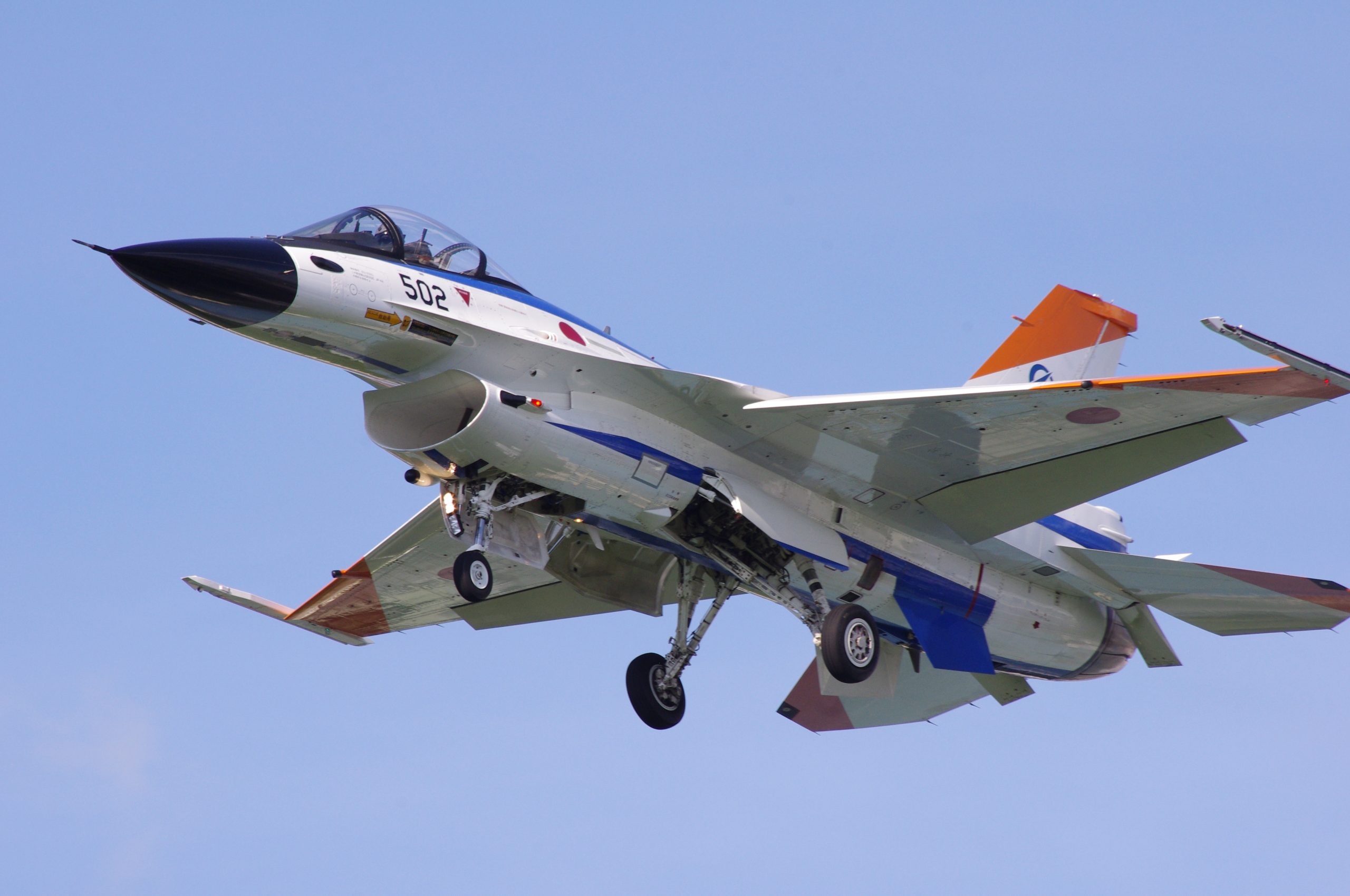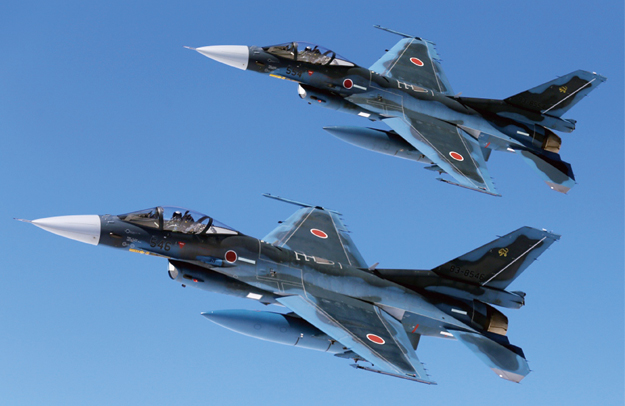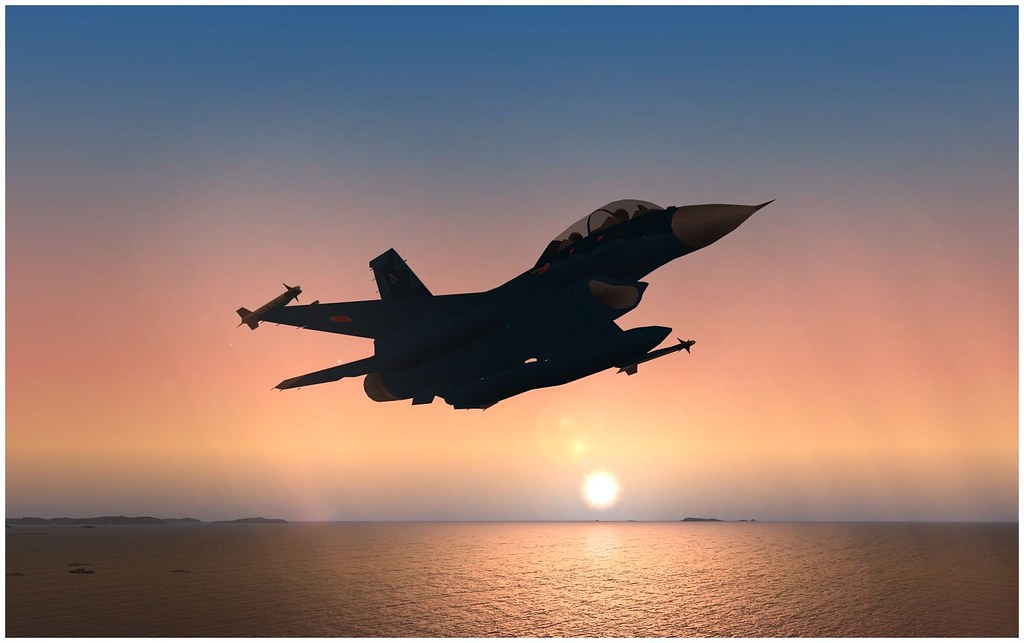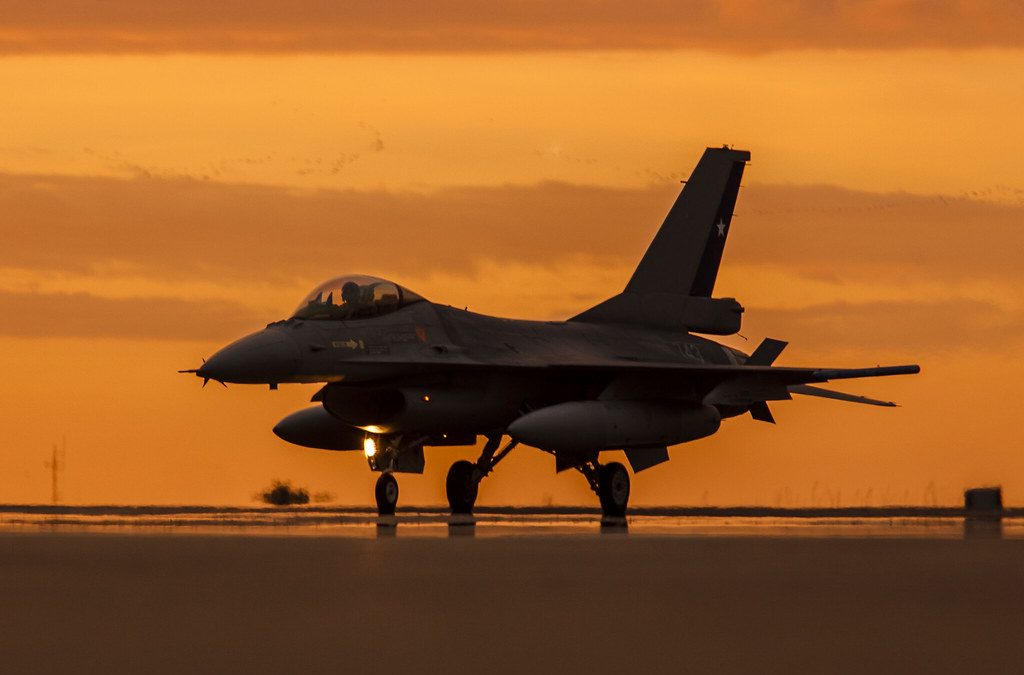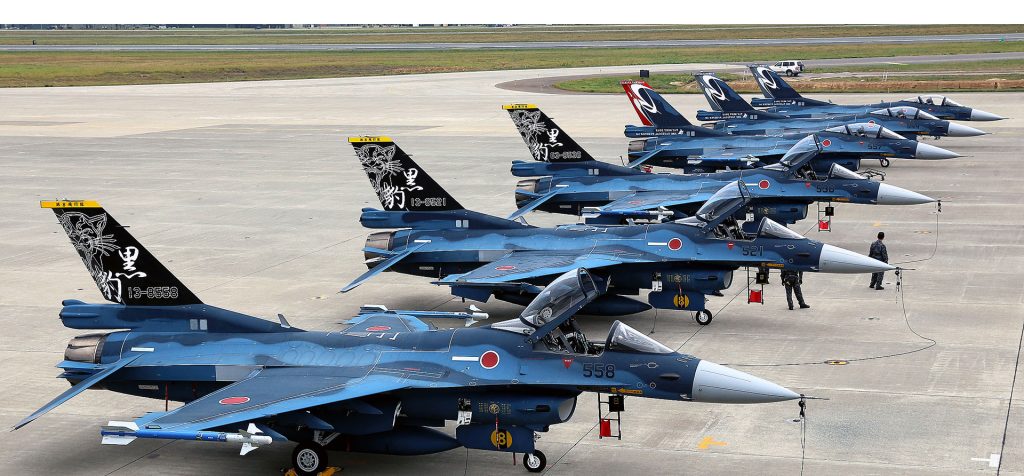
Born from the strategic partnership between Japan and the United States, the Mitsubishi F-2 Support Fighter stands as a testament to advanced technology transfer and cooperative production efforts. The F-2, which owes much of its lineage to the renowned Lockheed Martin F-16 Fighting Falcon, was a product of the late 20th century, developed in the mid- to late 1980s and produced in the early 1990s. It reflects a harmonious blend of Japanese innovation with American design philosophy.

Optimized for air-to-surface missions to safeguard Japan’s maritime territories, the F-2 also retains competent air-to-air capabilities. Its introduction was a significant milestone for the Japan Air Self-Defense Force (JASDF), expanding their reach and modernizing their aerial combat capabilities. The aircraft’s exceptional systems, such as the fly-by-wire flight control and integrated electronic warfare system, are a result of Japan’s commitment to advancing its defense technologies. Marking a breakthrough in aerial warfare technology, the F-2 was the first production fighter equipped with an Active Electronically Scanned Array (AESA) radar, followed by the integration of Lockheed Martin’s Sniper® Advanced Targeting Pod in 2015.
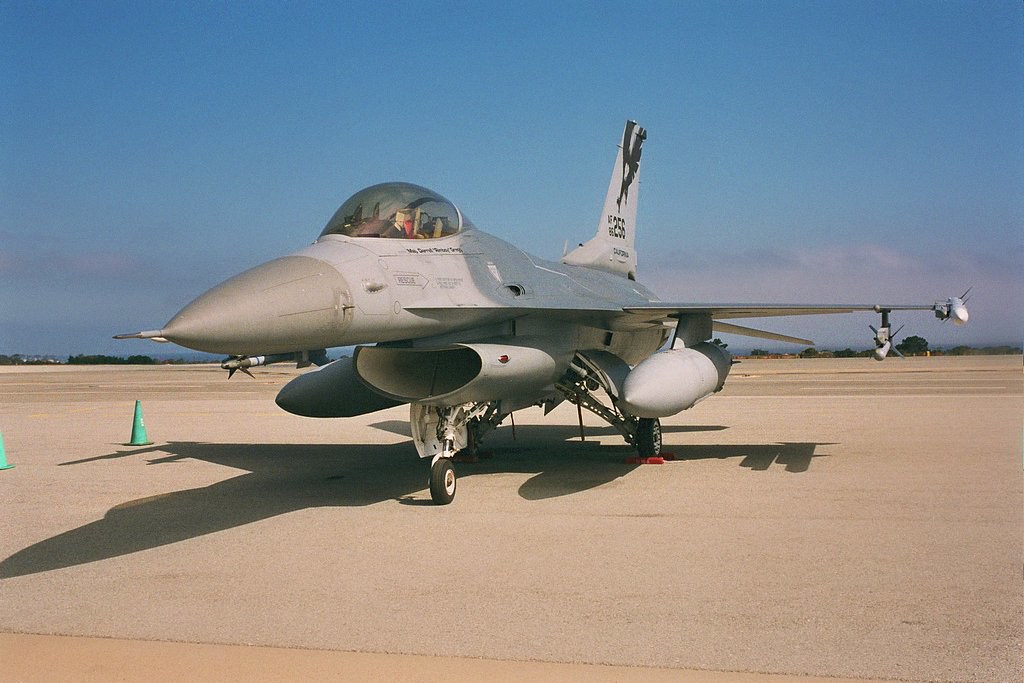
Structurally, the F-2 boasts a wing area increased by approximately 25 percent over its F-16 predecessor. This larger wing surface not only allows for enhanced internal fuel storage but also accommodates two additional weapon stations. Fabricated with graphite epoxy using co-cured composite technology, the wings attest to Japan’s pursuit of maximizing strength while minimizing weight. In terms of dimensions, the F-2’s fuselage extends 17 inches longer than the F-16’s, and its horizontal tails are noticeably larger.

The visual resemblance between the F-2 and F-16 is uncanny due to the technology sharing agreement between the two nations. Yet, specific features set the F-2 apart. For aviation enthusiasts, the most distinct difference is the canopy. The F-2 features a unique three-piece bubble canopy in contrast to the F-16’s two-piece design. Other subtle differences include a longer nose and wider horizontal stabilizer, along with a standard drag chute positioned above the tailpipe.

With approximately 60 percent of the F-2 produced domestically, Japan has demonstrated a considerable level of industrial capability and expertise. The remaining 40 percent, produced by the United States, underscores the importance of international cooperation in defense technology.
related images you might be interested.


